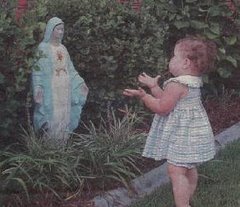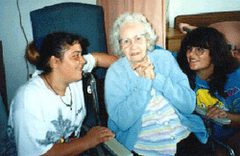Typically, a general Council of the Church is judged by the manner of its convocation, its membership, and its results. Vatican Council II is still disputed among Church historians of the late 21st century, especially as to whether a pastoral [as distinct from a doctrinal] council is protected by the Holy Spirit. Most agree Vatican II must be judged simply by Christ’s admonition in Matt
Historians now compare Vatican Council II with the Council of Basle, a revolutionary conciliabulum. A time log is important for this analysis.
1378-1417: Great Western Schism with rival Popes1414-1418: Council of Constance (the Council that resulted in withdrawal or deposition of the three rival popes)
1423-1424: Council of Pavia (later transferred to Sienna because of plague in Pavia)
1431-1449: Council of Basle
The basis for both the Council of Pavia and the Council of Basle was the Council of Constance , which promulgated Frequens. Frequens specified an ecumenical council should be held no less than once every ten years as a kind of religious parliament. The absolute Papal monarchy was to give way to a constitutional oligarcy. The governance of the Church was questioned. Was it to be the pope or the council?
The purposes of the Council of Basle were to reform the Church in its "head and members," to settle the Hussite wars, to promote peace among European nations, and to reunite the Western and Eastern Churches. The Council is questioned by historians on whether it should be regarded as a general council, especially during the period after Pope Eugene IV, in the Bull Doctoris Gentium of 9/18/1437, transferred the council to Ferrara. Dissident bishops continued to meet at Basle until 1449.
Church historians are mostly agreed that the Council of Basle was a legitimate Council until 1437, and that the decrees passed during that period, if they did not undermine the Apostolic See, are considered the decrees of a general council.









No comments:
Post a Comment